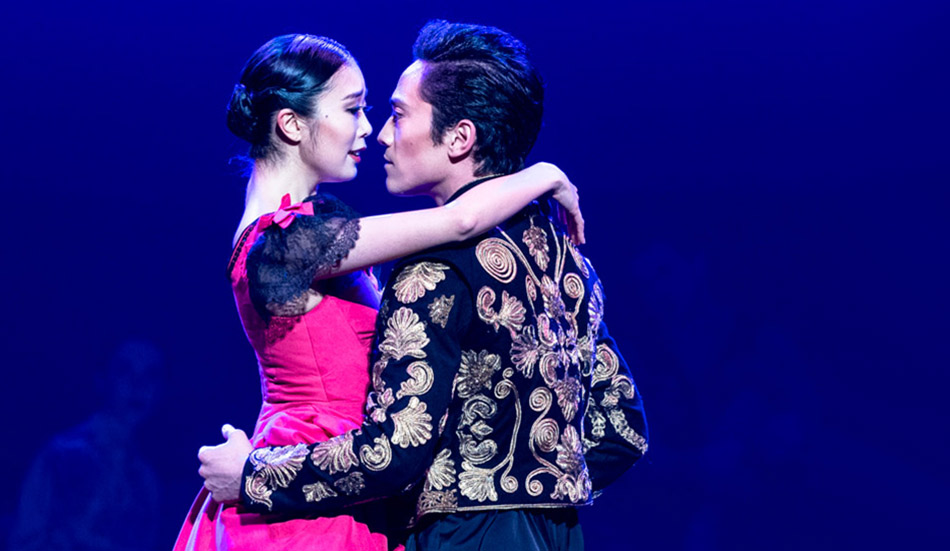
© Foteini Christofilopoulou.
English National Ballet
Raymonda
★★★★✰
London, Coliseum
18 January 2022
Gallery of pictures by Foteini Christofilopoulou
www.ballet.org.uk
londoncoliseum.org
The rollercoaster ride that has been Tamara Rojo’s tenure as Artistic Director of English National Ballet has hit its final lap with a ballet that is both old and new; as well as being a first and last. In her nine years at the helm of the company, Rojo has been a commissioner of ballets, not a maker of them, and this new version of Raymonda, which began life as a ballet in late nineteenth century Imperial Russia as one of Marius Petipa’s last full-length productions, is the first to have Rojo’s name at the head of the credits as both choreographer and director (though acknowledging that her work is “after” Petipa).
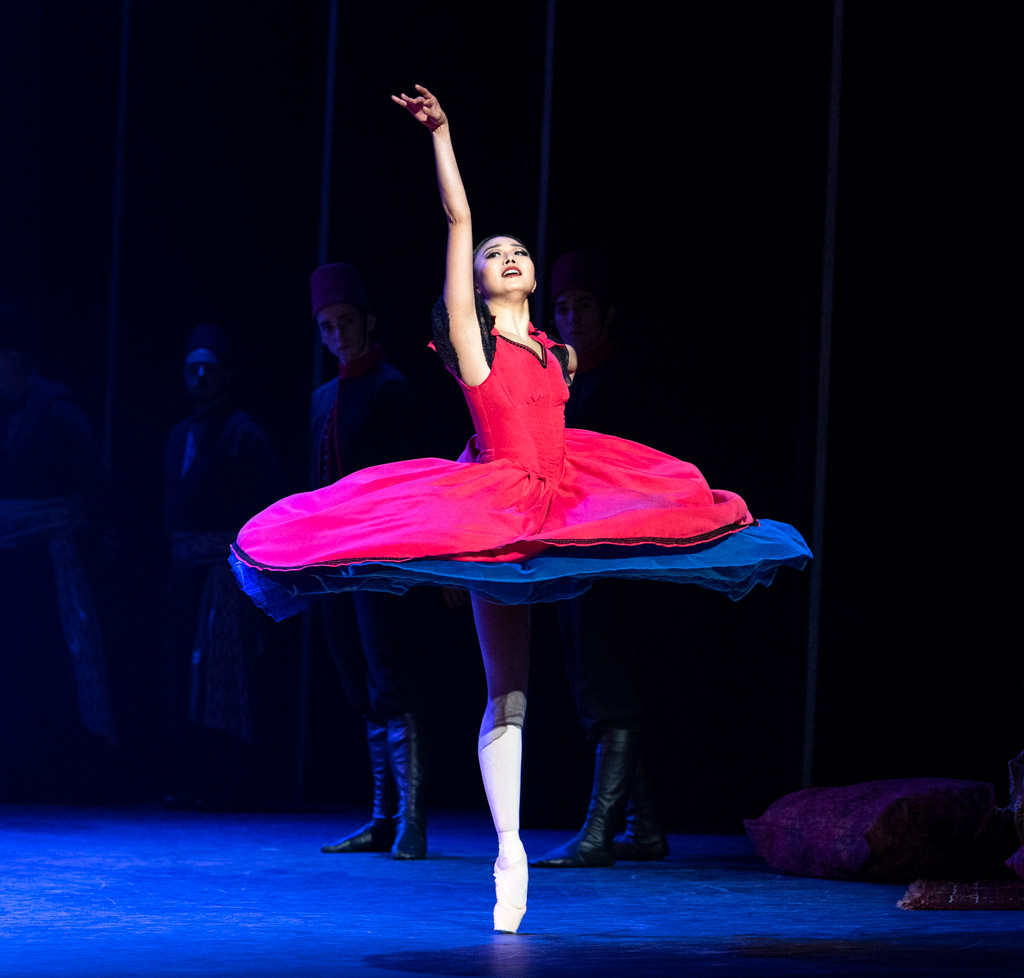
© Foteini Christofilopoulou.
It’s a moot point how much of the choreography follows Petipa’s 1898 original. Working with Doug Fullerton and his protégée, Kyle Davis (a charismatic principal dancer at Pacific North West Ballet), Rojo spent time investigating the Stepanov notations in the collection that Nikolai Sergeyev smuggled out of the Soviet Union, which ended up (via Mona Inglesby) at Harvard University; but these notations had different versions for different ballerinas (who clearly altered choreography to suit their preferences) and very little male dancing is contained in the pages of Sergeyev’s neat notations.
Some of the dancing – notably Raymonda’s solo in the first act – seemed familiar but beyond these transitory memory stirs, the links between the restaging of Petipa and the new vivacity of Rojo appeared seamless; evidencing beyond doubt that Rojo has that rare capability of a modern-day choreographer who speaks the language of classical ballet. To lend further authenticity, Rojo brought in Turkish dancers to work with her ensemble and Vadim Sirotin to choreograph the character dances.
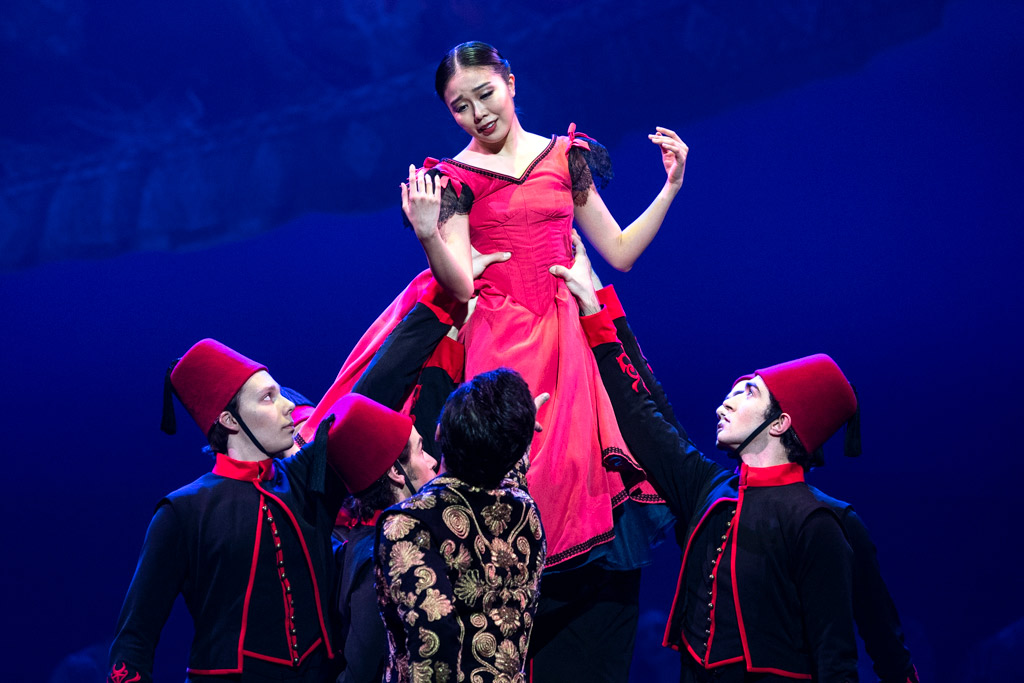
© Foteini Christofilopoulou.
Although Raymonda has been revived and restaged many times, it is not well-known in the UK where only the final act, Raymonda’s Wedding, has a performance history – Raymonda Act III was last seen at The Royal Ballet, in 2012. The full-length ballet suffered from a threadbare, jingoistic story of good Christian Crusader rescuing the maiden from her bad Saracen abductor; but benefitted from a glorious score by Alexander Glazunov. The original composition (more than three hours’ long) has been considerably adapted by Gavin Sutherland and Lars Payne (utilising some additional Glazunov music) to fit Rojo’s needs and it rattles along with a lush, filmic quality. Even if everything else about the new production had been disappointing, the excellent work on refurbishing Glazunov’s score for this revised purpose would have made it worthwhile. Under Sutherland’s direction, the ENB Philharmonic was superb – augmented by extra onstage musicians in the final act; specifically, the cimbalom, a zither-like percussion instrument, and a hurdy-gurdy, both accentuating the Hungarian flavour of the music.
Rojo spent five years’ preparing this project and her research (with help from dramaturg, Lucinda Coxon) has established a new historical context to Raymonda, the ballet, and a very different persona for Raymonda, the character. The narrative has shifted from the mediaeval Crusades to land in the mid-nineteenth century and the Crimean War. The heroine is no longer a vulnerable pre-Raphaelite aristo but instead a determined feminist who departs for dangerous nursing duties in the Crimea, becoming a fictional “Lady of the Lamp”, closely modelled on Florence Nightingale.

© Foteini Christofilopoulou.
The first scene – set in Raymonda’s English home – is unnecessarily detailed, and when followed by another lengthy scene in the camp outside Sevastopol, it makes for a lengthy opening act. But, this minor quibble aside, Rojo has achieved an excellent feat of artistic engineering; creating a fully-functioning, enjoyable new model out of a redundant artefact. A subtle use of video projections (by Alexander Gunnarsson) set the historical context, especially in the opening sequence of evocative newspaper front pages, which was carried through in Antony McDonald’s impactful costume designs.
It is ten years since Shiori Kase announced her prodigious talent by winning the company’s Emerging Dancer Award (beating Vadim Muntagirov in the process) and this role of Raymonda was a perfect vehicle for the elegant and unshowy precision of her classicism; achieving an understated, subtle virtuosity that was invariably absorbing.
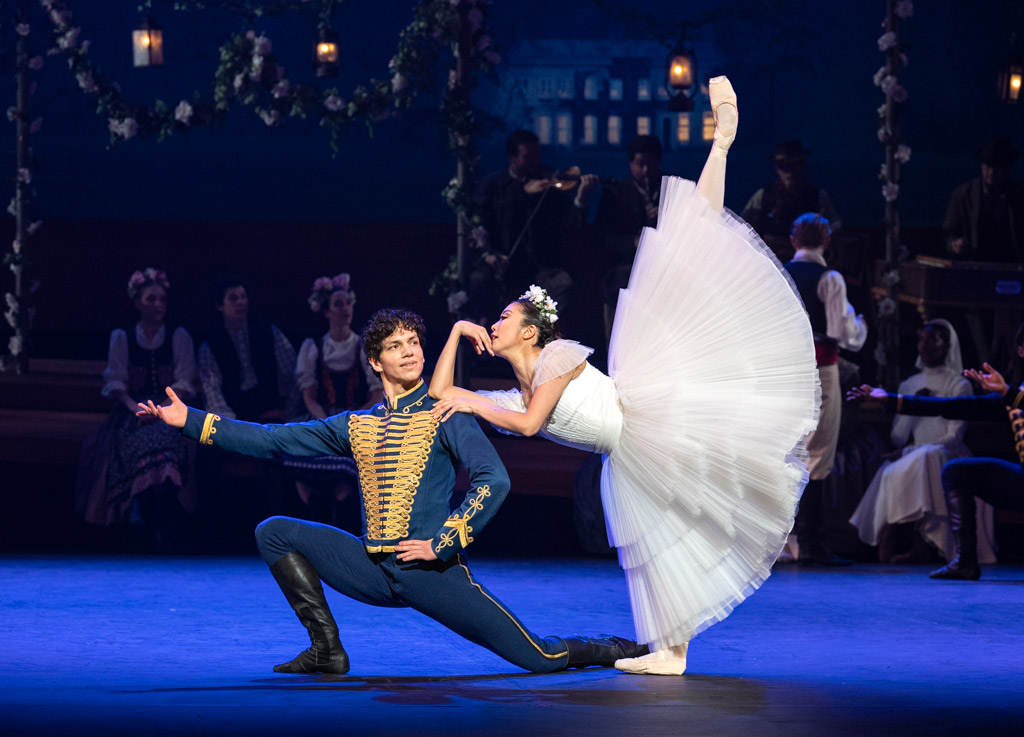
© Foteini Christofilopoulou.
The new narrative is essentially a love triangle with Raymonda torn between her commitment to local soldier boy, John de Bryan (an alliterative nod to the ballet’s original crusader knight hero, Jean de Brienne) and the feisty Turkish leader, Abdur Rahman (in place of the Saracen warrior, Abderakhman). The opening night cast saw Isaac Hernandez in the role of the Englishman and Jeffrey Cirio as the noble Turk. Both had challenging variations to perform, which they did with great gusto and robust technique: the smooth elegance of Hernandez contrasting the fast attack of Cirio. Kase was demonstratively torn between duty and attraction and the audience was kept on tenterhooks as to her choice until the very end.
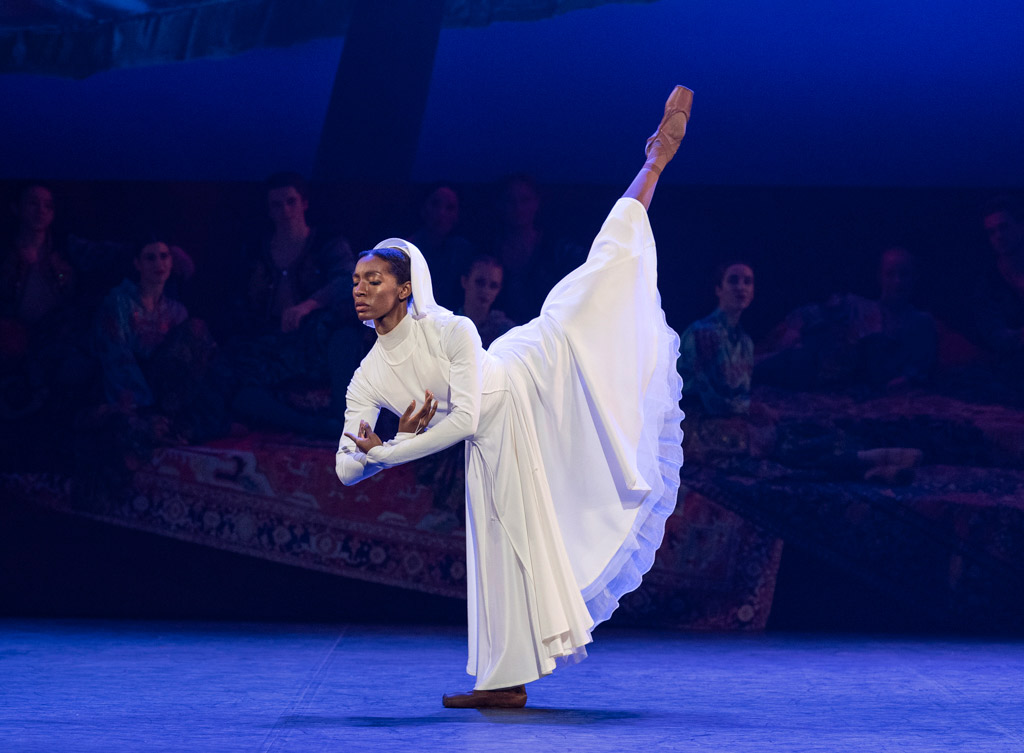
© Foteini Christofilopoulou.
Julia Conway was a revelation as Raymonda’s friend, Henriette, also dancing with a rich mix of subtlety and precision; Precious Adams gave a notable air of authority as Sister Clemence, the Woman in White; Aitor Arrieta and Fernando Carratalá Coloma brought an aura of dashing nobility to the two officer friends of de Bryan; and a brief word of congratulations to Henry Dowden and Emily Suzuki for a charismatic Hungarian dance to open the final act.
The whole ensemble was on fine form and I warmed particularly to the dream sequences of the second act (incorporating a male pastiche of the Shades in La Bayadère, albeit evoking the suffering imagery of wounded soldiers) and the vivacity of the wedding celebrations in the ebullient final act.
Rojo will depart England later this year to become the Artistic Director of San Francisco Ballet and she will leave a remarkable legacy. It is worth reflecting that in the covid-ridden cultural aridity of recent times, her leadership has brought two new full-length ballets in a matter of months. Raymonda – a co-production with Finnish National Ballet – will remain as a permanent reminder of her artistic leadership, while it predicts a rosy future for balletomanes in the City by the Bay.













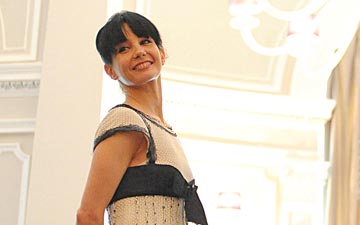


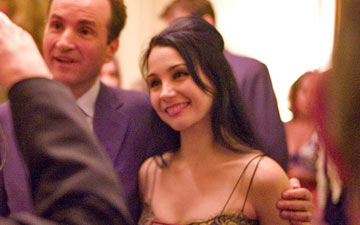
You must be logged in to post a comment.